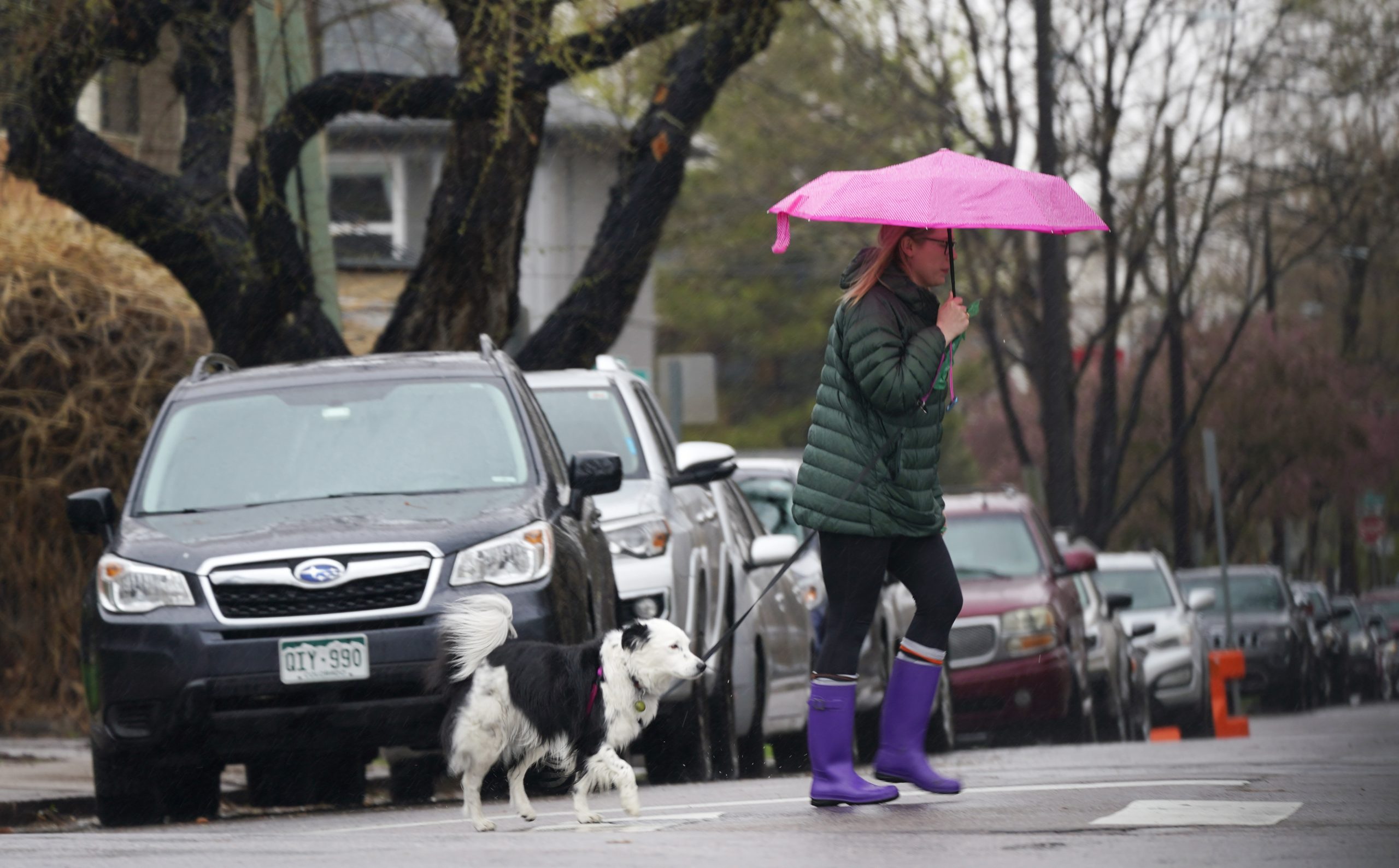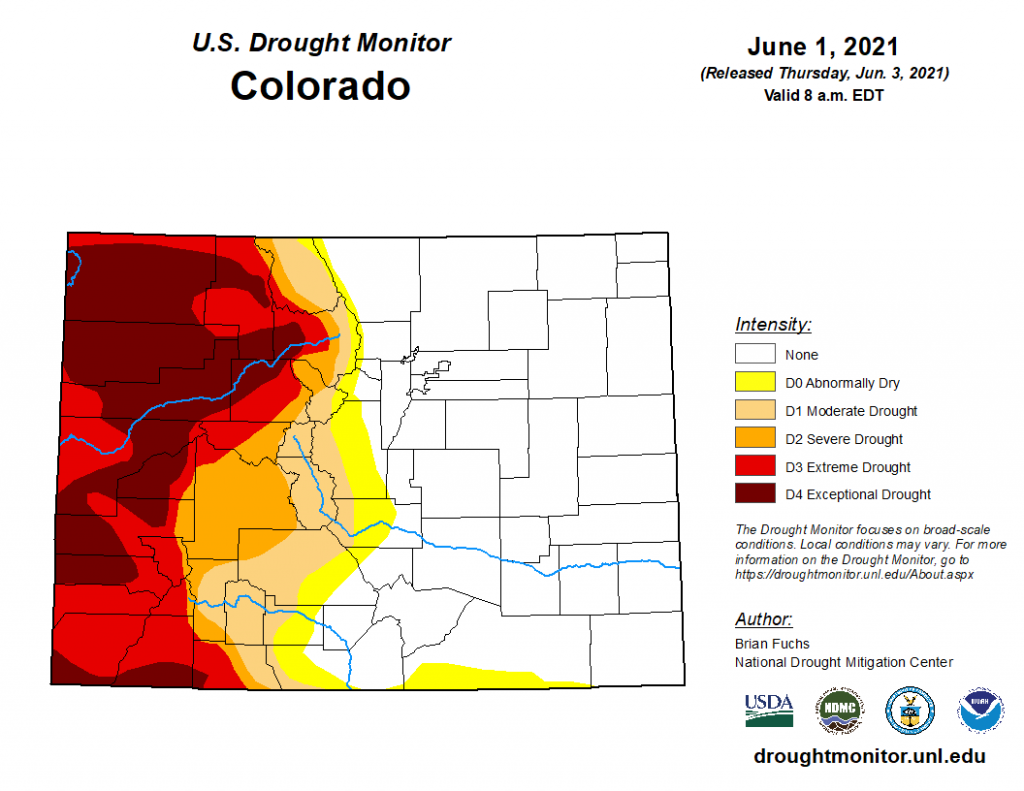
Let’s start with some good news — most of the Front Range is drought-free.
The National Weather Service said Denver has seen its wettest start to a year since 1983.
All that rain has made significant improvements to Colorado’s drought map. Three months ago, nearly the entire state was in a moderate drought or worse. Now that’s just 43 percent.
But the map shows a tale of two Colorados. While above-average rain has brought relief to the eastern half of the state, the West Slope is in a terrible drought.

“Half of Denver Water’s supply comes from that West Slope side,” said Nathan Elder, manager of water supply at Denver Water.
So while those who live in Denver and the Front Range might be thinking, "What drought?", Elder says it’s important to understand that water conservation is still needed, especially since half the city’s system exists in areas that are historically dry.
The rest of those supplies are in the South Platte River Basin, where there’s no drought at all. Elder says Denver Water uses its South Platte supplies first.
“That’s just our general way we operate,” he said. “It's one of our goals to keep that on the West Slope and only bring over the amount that we need.”
Elder says he expects reservoirs in the South Platte system will fill.
“But it's going to be close at Dillon and Williams Fork over on the West Slope. We're not 100 percent sure those are going to fill this year,” he said.
Snowpack levels were below normal, so there’s less water melting and running off into streams. And dry soil, from extended drought and hotter temperatures, is absorbing some of that water before it can make it to rivers.
Elder says peak flows into Dillion reservoir will be about half of what’s normal. But overall, Denver’s reservoirs are 89 percent full, which Elder says is average for this time of year.









